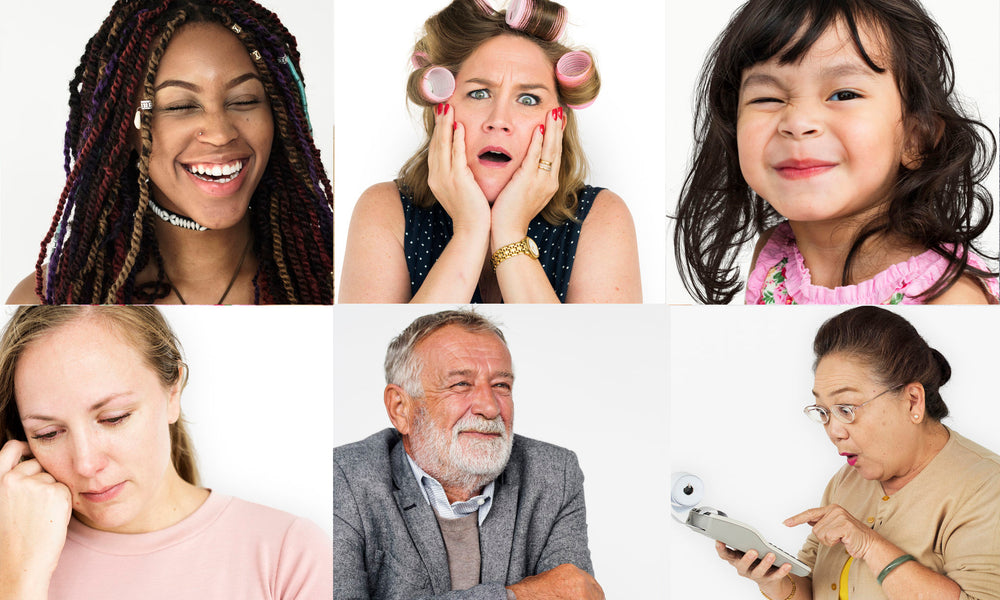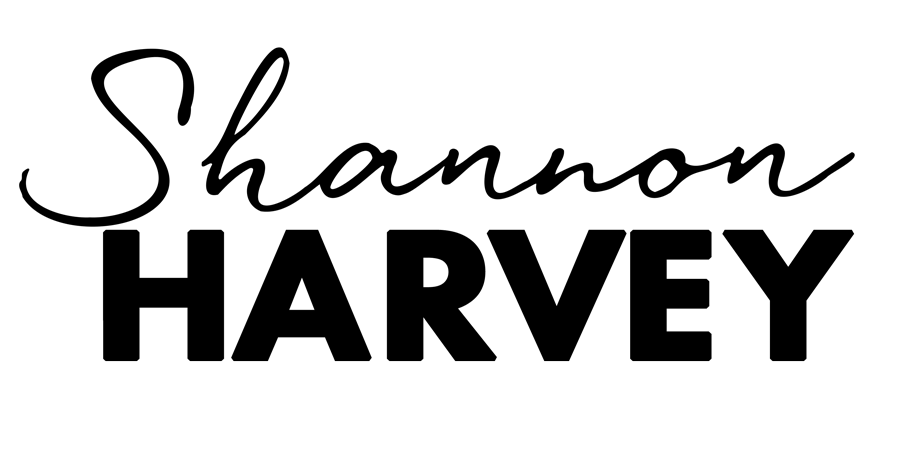 The other day I was standing in my kitchen deep in thought and on the verge of solving a challenging work conundrum when my husband walked in and asked me what was wrong. “Nothing,” I said. “I’m just thinking.” My caring husband had seen my stern looking face and thought that something was up. But there wasn’t anything wrong. I was just thinking deeply and wearing a face expression that, with thanks to media observations of Hilary Clinton and other women in the public spotlight, has become known as “resting bitch face.”
The other day I was standing in my kitchen deep in thought and on the verge of solving a challenging work conundrum when my husband walked in and asked me what was wrong. “Nothing,” I said. “I’m just thinking.” My caring husband had seen my stern looking face and thought that something was up. But there wasn’t anything wrong. I was just thinking deeply and wearing a face expression that, with thanks to media observations of Hilary Clinton and other women in the public spotlight, has become known as “resting bitch face.”This seemingly harmless and minor interaction got me thinking about how my husband and I could have two totally different interpretations of how I was feeling and inspired my latest deep dive into the new science of human emotions. It turns out, I’m not the only person who’s face expression can easily be misinterpreted. Take for example this photograph of Serena Williams.

In closeup, Williams looks as though she’s in the grip of tortured anguish, but when you zoom out and see the picture in context, it turns out her bared teeth and a tense brow are actually the manifestation of an overwhelming triumph over her sister, Venus in the 2008 U.S. Open tennis semi finals.

The Serena Williams photograph is an example often used by emotions researcher Lisa Feldman-Barrett, Distinguished Professor of Psychology at Northeastern University, when she explains the importance of culture and context in how we interpret emotions.
In her book How Emotions Are Made, Feldman-Barrett endeavours to completely rebrand emotions. Rather than viewing them as being inborn, universal and automatic, she sees emotions as a type of learned social knowledge, like knowing the difference between muffins and cupcakes. Both muffins and cupcakes are roughly the same shape and made with essentially the same ingredients, but by social agreement, one is called “dessert” and the other is labelled “breakfast food.” In the same way as baked goods take on meaning by being placed into generally agreed on "categories," emotions are given meaning through culture and context.
Feldman-Barrett came to this view because, despite spending decades searching for universal biological signatures for emotions none have been found – be it in our brain or anywhere else in our body. In fact, she recently analysed more than 200 studies that measured the emotional states and corresponding bodily changes of more than 8,400 people and found that variation was found to be the norm.
Needless to say, all this is ruffling feathers in emotions research. (You can read more about Feldman-Barrett’s feud with the “father” of emotions research Paul Ekman here, here, here and here if you’re a nerd like I am). Although, lets note that many scientists don’t actually agree on what emotions are, so part of the problem may be that they’re all talking about different things.
As the debate continues, there is one particularly noteworthy take-away from all this. While the so-called “classical view” suggests that emotions are hardwired in our brains or automatically triggered by events, Feldman-Barrett’s theory suggests that our brain constructs emotions. This is an important distinction for those of us wanting to get better at managing our emotional experiences day-to-day because it suggests that we can teach our brain to label emotions more precisely and then use this information to help us to see things clearly and react (or not react) more effectively.
In my own life I’ve started paying attention to the nuance and variability of my experiences. Feeling crappy after a hard day of work is totally different to feeling crappy after a disappointing email, or feeling crappy because my kids won’t eat their dinner. As Feldman-Barrett says, it’s more like there are “50 shades of crappy.” (Angry, aggravated, alarmed, spiteful, grumpy, remorseful, gloomy, mortified, uneasy, dread-ridden, resentful, afraid, envious, woeful, melancholy . . .)
Similarly, I’m realising how woefully inadequate the English language is in describing my emotional experiences. The feeling I get after all my work is done, right before my family goes for Sushi-Friday is so much more than “happy.” The nostalgic memory of a time pre-parenthood when my husband and I would regularly go to the movies is far more complicated than “sad.” And the urge to nibble on my two-year-old son’s soft squishy toes right after he’s had a bath can’t be described simply as “love.” My hope is that by learning to identify my feelings and when necessary, recategorising them, I’ll be able to respond better in any given situation.
As for my insight into “resting-bitch face,” or increasingly just #RBF, this new emotions research has made me much more aware of the culturally constructed pressure for women to constantly put on a happy face. I’m not usually a sucker for smart-ass web memes, but I rather enjoyed this BuzzFeed take on 17 More Accurate Names for Resting Bitchface, including “Resting Just Because I’m Not Grinning From Ear to Ear Doesn’t Mean I’m Sad Face.”





 The Connection (DOWNLOAD-TO-OWN)
The Connection (DOWNLOAD-TO-OWN) My Year Of Living Mindfully - Book
My Year Of Living Mindfully - Book




